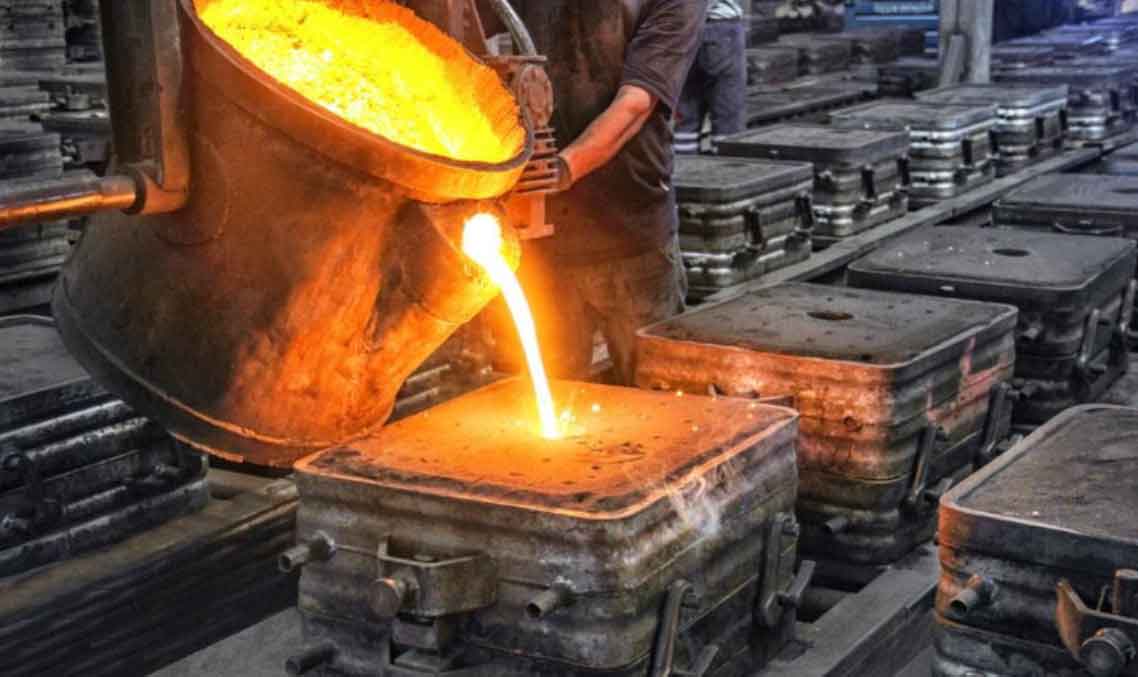
China has a rich history of casting techniques, dating back thousands of years. Over time, traditional casting methods have evolved and merged with modern innovations to create a diverse range of casting techniques in the country. Here are some traditional and modern casting techniques used in China:
Traditional Casting Techniques:
- Sand Casting: Sand casting is one of the oldest and most common casting methods in China. It involves creating a mold using sand and then pouring molten metal into the mold cavity to produce the desired shape.
- Lost-Wax Casting (Investment Casting): Lost-wax casting is another ancient technique that remains popular in China. It involves creating a wax pattern, coating it with a ceramic shell, and then melting the wax to leave a hollow cavity. Molten metal is then poured into the cavity to create the casting.
- Mold Casting: Mold casting is a traditional technique used for producing small to medium-sized castings. It involves creating a mold with a single or multiple cavities, into which molten metal is poured.
- Ceramic Shell Casting: This method is similar to investment casting but uses a ceramic shell as the mold material instead of plaster or other materials.
Modern Casting Techniques:
- Die Casting: Die casting is a widely used modern casting method in China, especially for producing high-precision and complex components. Molten metal is injected into a steel mold (die) under high pressure to create the casting.
- Centrifugal Casting: Centrifugal casting is a modern technique used for producing cylindrical components. Molten metal is poured into a rotating mold, and centrifugal force distributes the metal to the mold walls, creating a dense and defect-free casting.
- Continuous Casting: Continuous casting is a method used for producing long and continuous metal sections, such as bars, tubes, and strips. Molten metal is continuously poured into a water-cooled mold, and the solidified metal is continuously pulled out.
- Lost Foam Casting: Lost foam casting is an innovative technique where a foam pattern of the desired part is created and encased in a sand mold. Molten metal is poured into the mold, and the foam vaporizes, leaving a cavity that takes the shape of the original pattern.
- Shell Molding: Shell molding is a modern casting technique that combines aspects of sand casting and shell casting. A sand-resin mixture is heated to form a shell around a pattern, and the shell mold is then used to produce the casting.
- Vacuum Casting: Vacuum casting is used for producing high-quality and precise castings. The mold is placed in a vacuum chamber, and molten metal is drawn into the mold by vacuum pressure.
- Low-Pressure Casting: Low-pressure casting involves using a low-pressure method to fill the mold with molten metal, resulting in reduced turbulence and improved casting quality.
China’s casting industry has embraced modern technologies and innovations to improve efficiency, quality, and versatility. The integration of traditional and modern casting techniques allows Chinese foundries to cater to a wide range of casting requirements and meet the demands of various industries worldwide.
